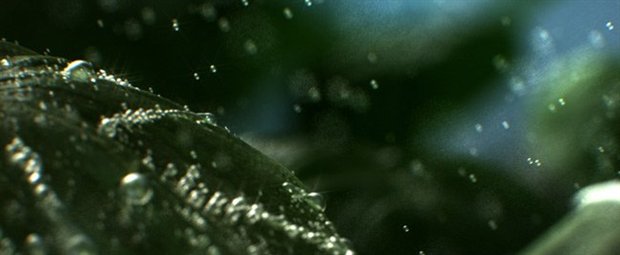

If someone with a background in science were to explain what aquaporins are, words like "membrane proteins" and "transmembrane channels" would invariably form part of the vocabulary. It's definitely not a simple matter to explain the biochemical process that also takes place in the human kidney.
Therefore, the Copenhagen-based cleantech company that took its name from the proteins and is therefore called Aquaporin had something of a communication challenge on their hands every time they attempted to approach cooperation partners.
"We contacted Hydralab and together with them arrived at a solution where the entire process is explained using animation in just one minute and 30 seconds. I think the result is compellingly good, and virtually all of the feedback we've received on the animation is incredibly positive", explains Peter Holme Jensen, manager and co-founder of Aquaporin.
The company's use of aquaporins has attracted international attention and among other things has led to cooperation with the American space administration, NASA. The task is to convert urine to drinking water.
Explaining a revolution
For Aquaporin, revolutionising our entire way of thinking about cleaning drinking water using biochemistry was one thing, but communication has been an equally big issue.
"We often teach at various locations, and in this context the animated film is incredibly useful. I'd say that a student can get as much, or maybe even more, out of watching our film than from reading the same ten pages on aquaporins ten times over", says manager Peter Holme Jensen, who would use animation again: "We would like to do more animations, and after doing the first film I've found one place where I'd like to improve it. But really, animations could also be used for recruitment purposes if we were to explain to prospective employees what sort of company they are applying to. In short, I can see lots of possibilities."
So far, one animated film has been produced. See it here, and get a scientific explanation with the help of animation.